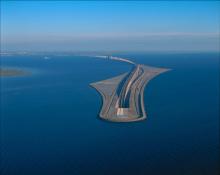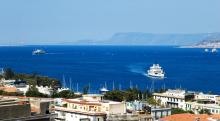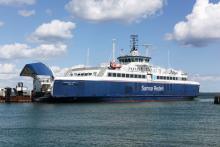Plans are being considered for either a tunnel or bridge to connect Sri Lanka and India. The preferred route would be from Dhanushkodi in India to Talaimannar on the Sri Lankan island of Mannar. Building this 23km link could cost around US$3.62 billion according to estimates. Spanning the Pak Strait with a bridge might leave such a structure vulnerable to tsunami as well as typhoons however. It is worth noting that Sri Lanka’s south western coast was devastated some years ago by a tsunami precipitated by an
Plans are being considered for either a tunnel or bridge to connect Sri Lanka and India. The preferred route would be from Dhanushkodi in India to Talaimannar on the Sri Lankan island of Mannar. Building this 23km link could cost around US$3.62 billion according to estimates. Spanning the Pak Strait with a bridge might leave such a structure vulnerable to tsunami as well as typhoons however. It is worth noting that Sri Lanka’s south western coast was devastated some years ago by a tsunami precipitated by an earthquake off the coast of Indonesia. A tunnel might in this respect be more resilient to a tsunami, presuming that its entrances could be protected against any possible inrush. A tunnel link would be more likely to carry rail traffic only but as with the Channel Tunnel between the UK and France, would be able to handle trains that carry cars and trucks.
Funding for such a project would be complex and likely involve a mixture of private investment and World Bank support. If this moves forward from the proposal to project stage, the link could provide a major boost to trade and transport between India and Sri Lanka. At present the route is served by regular ferries but the prospect of a tunnel or bridge would increase the level of trade between the two nations and its economic benefit could be substantial.
In the past it was said to be possible to cross on foot between Sri Lanka and India using the chain of coral islands linking the two, but this route was said to be last passable in the 15th century.
Funding for such a project would be complex and likely involve a mixture of private investment and World Bank support. If this moves forward from the proposal to project stage, the link could provide a major boost to trade and transport between India and Sri Lanka. At present the route is served by regular ferries but the prospect of a tunnel or bridge would increase the level of trade between the two nations and its economic benefit could be substantial.
In the past it was said to be possible to cross on foot between Sri Lanka and India using the chain of coral islands linking the two, but this route was said to be last passable in the 15th century.







